
These are not necessarily horror novels or monster ghost stories. At least one of them is non-fiction, and the rest are all over the genre pallet. With, yeah, a couple of ghost stories thrown in, but it doesn’t have to be horror to be scary. Real life is scary enough.
Now, it has been awhile since anything truly scared me. Amused me, annoyed me, appalled me, yeah, I get a lot of that these days but not really scared. C’mon, I used to live in New Jersey. So a lot of these are going to be older titles. And not the usual suspects like The Exorcist, and other well knowns which I have probably touched on somewhere.
Without further ado, and in no particular order:

10. The Monk, by Matthew Lewis. Published in 1796, this is a lurid and downright terrifying story of soul corruption by His Satanic Majesty himself. Some of the imagery is downright hair-raising and you’ll be amazed that a novel so old could be so graphic. When the monk Ambrosio finally gets his long overdue comeuppance, whoa.
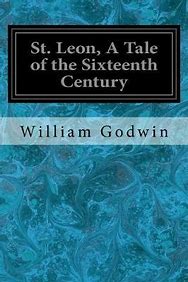
9. St Leon, by William Godwin. Another 18th Century gothic novel written by one of my favorite characters in history, Mary Shelley’s father. This novel extols the horrors of immortality and the Philosopher’s Stone. Believe me, you don’t want to possess either.

8. Treblinka, by Jean-Francois Steiner. I actually read this sometime in the mid 60’s when it was serialized or excerpted in the Saturday Evening Post (May 1967). This was my first exposure to the graphic horrors of the Holocaust. Sure, I knew about it; my Dad’s WW2 unit was the first American one to discover a concentration camp, Ohrdruf. He never really talked about it but, when he died, I discovered some photographs he had taken shortly after his unit breached the gate. I’ve since given those to the Holocaust Museum. Many people consider this a fiction novel because of its style.


7. No Country for Old Men, by Cormac McCarthy. This novel is actually more frightening to a subset of readers, those in law enforcement. Not a lot scares these people; I mean, when you’ve been to crime scenes and autopsies you learn pretty fast how awful people are to each other. But there’s always been a sense of ‘cops and robbers,’ good guys and bad guys who know that they’re good guys and bad guys and follow a set of unwritten rules so things don’t get too out of hand. A set of Old Men rules. But now we have the Joker, those people who simply want to watch the world burn, like Anton Chigurh, the soulless, black hearted hitman of this novel. He is a monster. We’re still not ready for these monsters.

6. Jaws, by Peter Benchley. Speaking of monsters, the Great White Shark in this novel is one you could actually encounter. Indeed, it’s based on an actual shark attack in 1916, the Matawan Man-Eater, which happened not too far from where I lived in NJ. I didn’t really think about sharks before this book; had one surface near my rowboat in the bay outside Long Beach once. But, after reading this? Oookay.
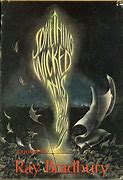
5. Something Wicked This Way Comes, by Ray Bradbury. Rather tame by today’s standards, but this tale of a dark carnival that trades in souls made my thirteen-year-old hair stand on end.
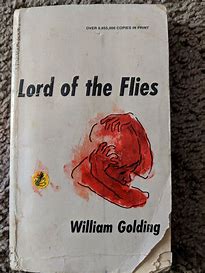
4. Lord of the Flies, by William Golding. If you still hold onto the fiction that children are naturally good and loving, then you need to read this classic story of English school boys stranded on an island with no adult supervision. The speed with which civilization breaks down and the boys fall into barbarism is a cautionary tale. It takes centuries to build civilization, just one night to lose it.
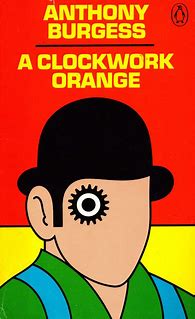
3. A Clockwork Orange, by Anthony Burgess. On the other end from stranded schoolboys are schoolboys deliberately left to their own devices when society no longer maintains any kind of standards. When bullies and criminals realize they can do anything they want with little consequence, life gets scary. Right?
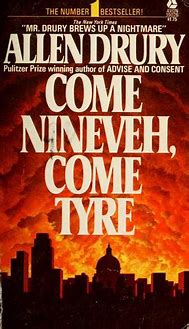
2. Come Nineveh, Come Tyre, by Allen Drury. Somewhat turgid and paranoid as all get out, this is one of three sequels to Allen Drury’s Advise and Consent, two of which sequels are alternates to each other. Don’t ask. The last part of this book is one of the most frightening depictions of a Soviet takeover of the United States, and well worth enduring the rest of the novel.
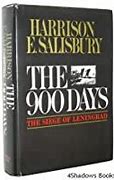
1. The 900 Days, by Harrison E. Salisbury. I actually read this in a Reader’s Digest condensed book in the 60’s, and it shook me up. This is a graphic telling of the siege of Leningrad. Between the Nazis and the Stalinists, the citizens really didn’t know who to fear most. The description of what’s found when the snowbanks melt off the sidewalk will curl your hair.